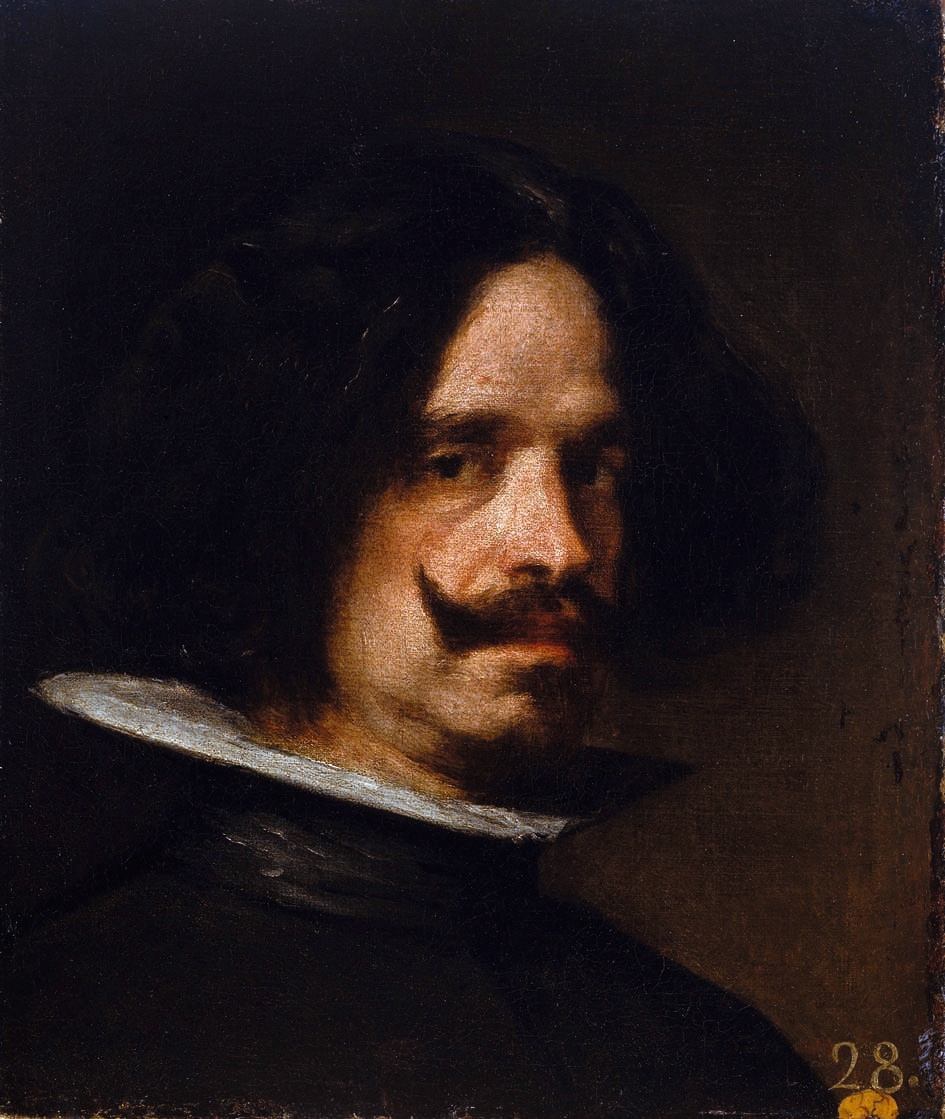Velázquez was born on June 6, 1599 in Seville, a city in southern Spain. At the age of about 12 he went to work as an apprentice, or helper, in an artist’s studio. He later married the daughter of the artist he helped. At first Velázquez painted scenes of everyday life. But in 1623 he became court painter to King Philip IV of Spain. A court painter’s job was to make paintings of the royal family and the high officials and nobles of the kingdom. As court painter Velázquez lived in Madrid, the capital of Spain.
Velázquez spent the years between 1629 and 1631 studying Italian art. He returned and became the Spanish court painter once again. Velázquez had other duties as well. He went to Italy for a second time in 1649 to buy art for the king’s collections. While in Rome he painted a famous picture of Pope Innocent X. Back in Madrid, Velázquez painted some of his greatest works, including the large group portrait called Las Meninas (The Maids of Honor). He died on August 6, 1660.
(The information above is from a Britannica Kids article about Velázquez.)
Watch a video about his life and more of his paintings.
Watch this video about his most famous painting, Las Meninas. It’s a bit above preschoolers but parts of it can be interesting to small children.
- Locate the places he has lived and visited on a map and consider what possible ways he could have traveled there (boat, carriage, on foot, horse, etc).
- Explore more of his paintings here. Warning- a painting on the first row shows the nude back and behind of a woman. If you click on “see all 134 of his paintings” those are pretty safe.
- Have your child look at a painting and ask questions to have the child tell you about it:
- Describe the action the person is doing in the painting.
- What are the people wearing? Take guesses why they are dressed that way. It may lead into conversations about what the fashion of dress was at that time.
- If the person could talk, what would he or she say?
- What the child likes or does not like about a painting.
- Printable coloring pages of his work are here.

